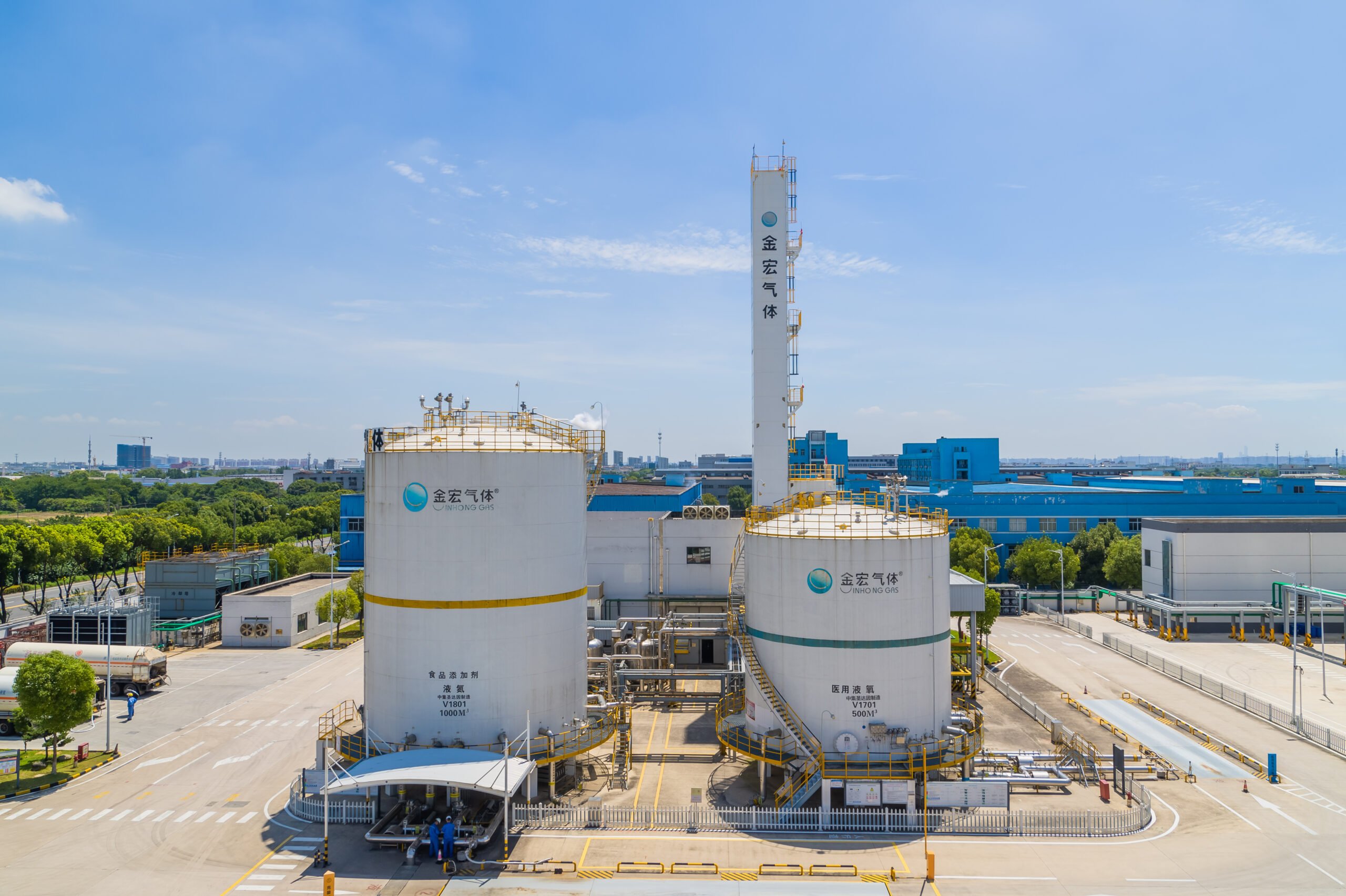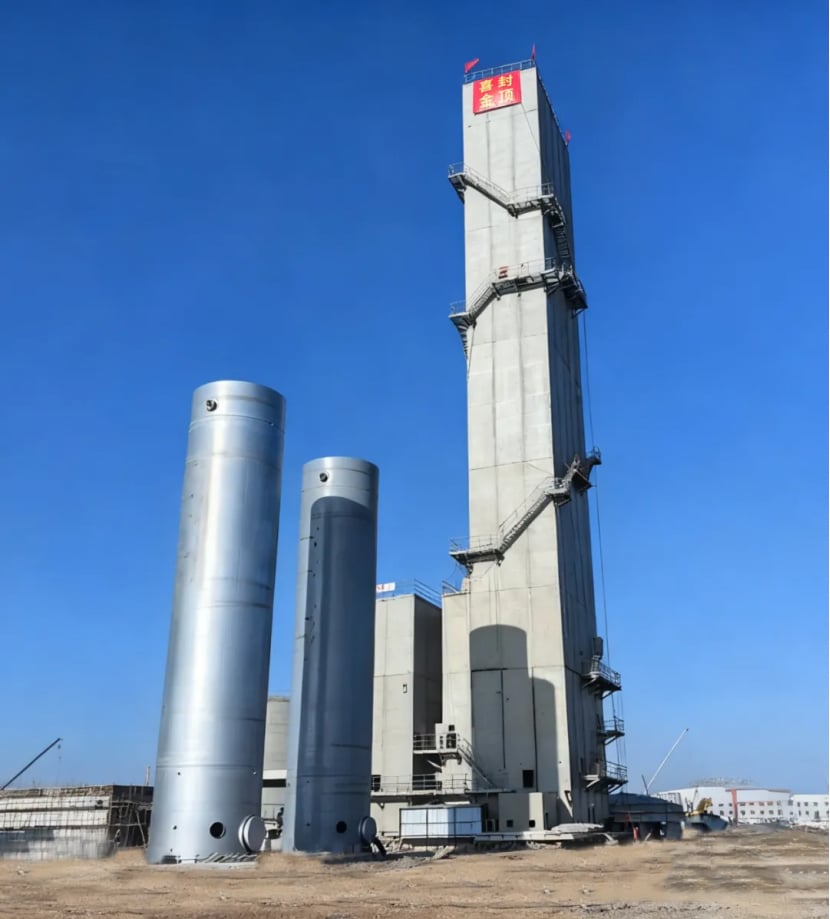What Is Anhydrous Ammonia Liquid Used For?
Anhydrous ammonia liquid is ammonia (NH₃) stored under pressure, allowing it to remain in a liquid state. “Anhydrous” means it contains no water, making it more concentrated and efficient for certain applications. Though commonly used in agriculture and manufacturing, it requires careful handling due to its highly reactive and corrosive nature.
Ammonia solutions (containing more than 35% but not more than 50% ammonia) appears as a clear colorless liquid consisting of ammonia dissolved in water. Corrosive to tissue and metals. Although ammonia is lighter than air, the vapors from a leak will initially hug the ground. Long term exposure to low concentrations or short term exposure to high concentrations may result in adverse health conditions from inhalation. Prolonged exposure of containers to fire or heat may result in their violent rupturing and rocketing.
Agricultural Applications of Anhydrous Ammonia
Farmers value anhydrous ammonia liquid because it delivers a rich source of nitrogen directly into the soil. When applied properly, it transforms into ammonium and becomes immediately available to plant roots.
Key benefits in farming:
- High nitrogen efficiency
- Long-lasting impact on soil
- Fewer application cycles
- Improved crop yield potential
Modern farming equipment injects the liquid beneath the surface to minimize nitrogen loss and avoid exposure.
Industrial Benefits of Liquid Ammonia
Beyond the farm, this liquid form of ammonia supports various industries. It’s used in:
- Fertilizer production: As a base material for other nitrogen-rich fertilizers
- Cleaning agents and chemicals: In industrial-strength solutions
- Water treatment: To neutralize acidity or remove contaminants
- Synthetic materials: Contributing to the production of plastics, resins, and fibers
Its reactive nature makes it valuable in controlled manufacturing environments.
Safe Storage and Handling of Anhydrous Ammonia Liquid
Because of its pressurized state and toxicity, safety must come first when working with anhydrous ammonia liquid. Direct contact with skin or eyes, or inhaling its vapors, can cause harm.
To stay safe:
- Always wear personal protective equipment (PPE)
- Store in approved high-pressure tanks
- Keep equipment clean and well-maintained
- Train staff on emergency response protocols
- Use in ventilated areas to reduce risk of exposure
Many facilities also install automatic shutoff systems and gas monitors as added protection.
Environmental Impact and Safety Compliance
Regulators like OSHA and the EPA monitor the use and storage of this chemical. While it doesn’t harm the ozone layer, leaks or spills can damage the environment and pose health risks.
To remain compliant:
- Track and log every use
- Perform regular inspections
- Train staff on up-to-date safety guidelines
- Report and contain any leaks immediately
Companies that invest in safety and environmental systems reduce liability while building public trust.
Why Anhydrous Ammonia Remains Essential Today
Anhydrous ammonia liquid plays a vital role in both agriculture and industry. Its ability to deliver high levels of nitrogen makes it especially valuable to farmers. In industrial settings, its chemical properties enable efficient production of essential materials. However, because of its hazardous nature, proper safety protocols and equipment are non-negotiable.
Handled with care, it remains a powerful tool in modern production and sustainable food systems.




